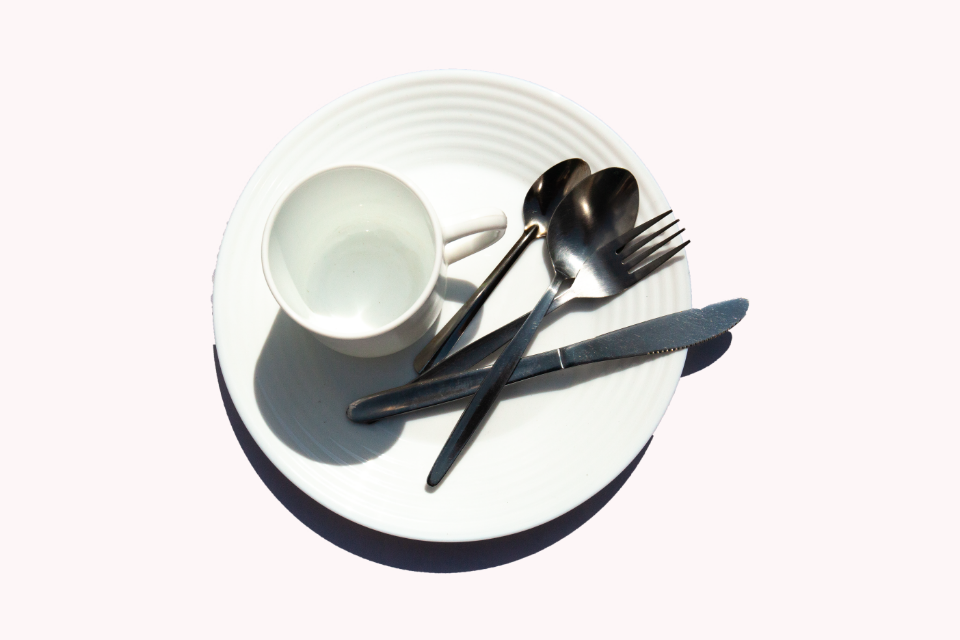To live in exile
Amir has definitely found his place in the Netherlands and in Leiden. But he never forgets the journey he had to embark upon to get to where he is right now. One thing he keeps close to his heart as a reminder of what he has been through, are this plate, cup and set of cutlery he received from the Central Agency for the Reception of Asylum Seekers (COA) on the day he arrived in his first refugee centre. They symbolize many things for Amir: for example, the change in his living situation and his acceptance into the Netherlands. But they also offer a reflection on the refugee situation in this country. Every person who seeks refuge in the Netherlands, is given this set of porcelain and the same kind of bed, shelter, space; every person who seeks refuge in the Netherlands is supposedly treated the same. However, Amir thinks that this has negative consequences as well: “People do not consider the individual person enough. The procedures that are supposed to help people, treat everyone as a collection of bodies, as cattle being moved from pen to pen. For example, can we consider it a safe environment in the refugee centre if a drug addict with withdrawal symptoms is put in a room next to a family with young children? I have also met several women who do not feel safe in the centres at all. And it makes me feel completely misplaced as well: I can never experience something so simple as a bit of silence.”
The fact that the individual is overlooked in such procedures also influences the way the outside views people seeking refuge. “Once people meet me and ask me why I live in the Netherlands, and I say I sought asylum here, I am often regarded as someone with a shortcoming or a deficiency, or someone who needs pity. I really do not like that instant stereotype. It was very difficult for me to be a stranger in my own country because of the way I thought, but I am still a stranger now that I am here, because I am turned into a stranger by the prejudice of others.” Amir stresses that communication is key. He was already able to speak English fluently when he came here, which made it easier for him to voice his personality and be regarded as an individual. “Without that kind of communication, it is easy to let prejudice and generalization take over the idea of what a refugee is. I hope those stereotypes of refugees will quickly disappear.”
The plate, cup and cutlery remind Amir of his experience, why he came here, but also that he is always his own person, regardless of what other people think. For now, Amir will have to make due with using the plate and cutlery in the refugee centre, but he has a different idea for his own space: “When I have my own living space, I will have this porcelain framed and hung up on my wall, next to my long-awaited bookshelf for the books I can then start to collect again.”
